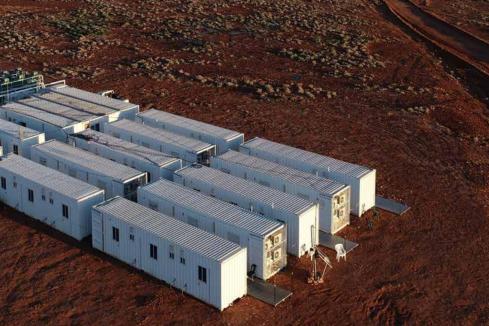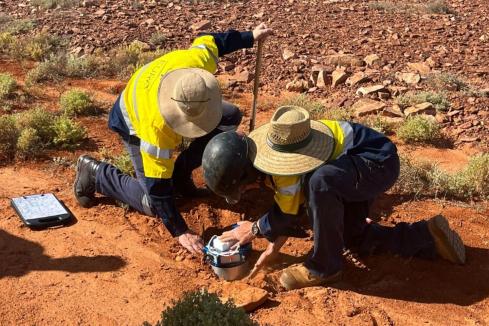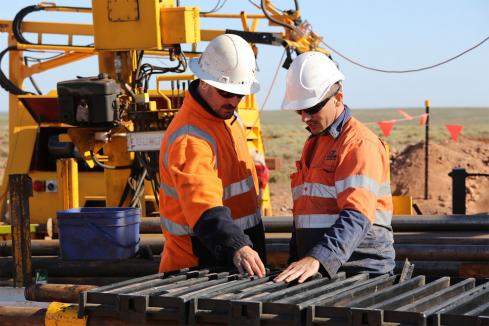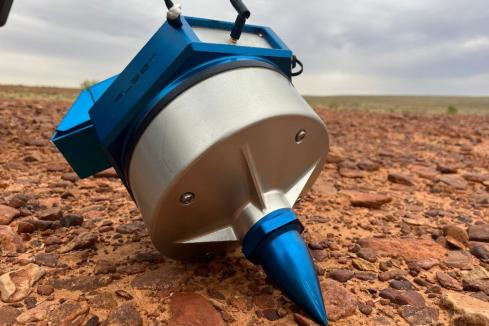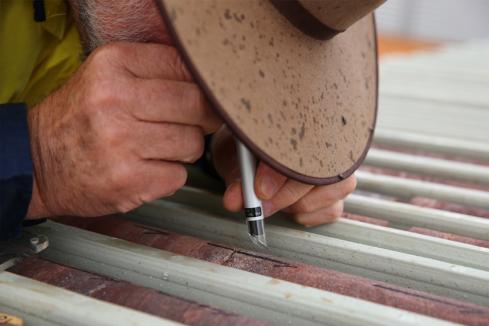Coda Minerals has increased the size of its famed Emmie Bluff copper gold discovery in South Australia, with additional thicker zones of copper sulphide mineralisation intersected in the eight diamond drill holes completed to date. Visual logging of core has shown three holes hit the jackpot as they intersected the bornite-rich core of the mineralisation, which is thicker than seen in previous holes.

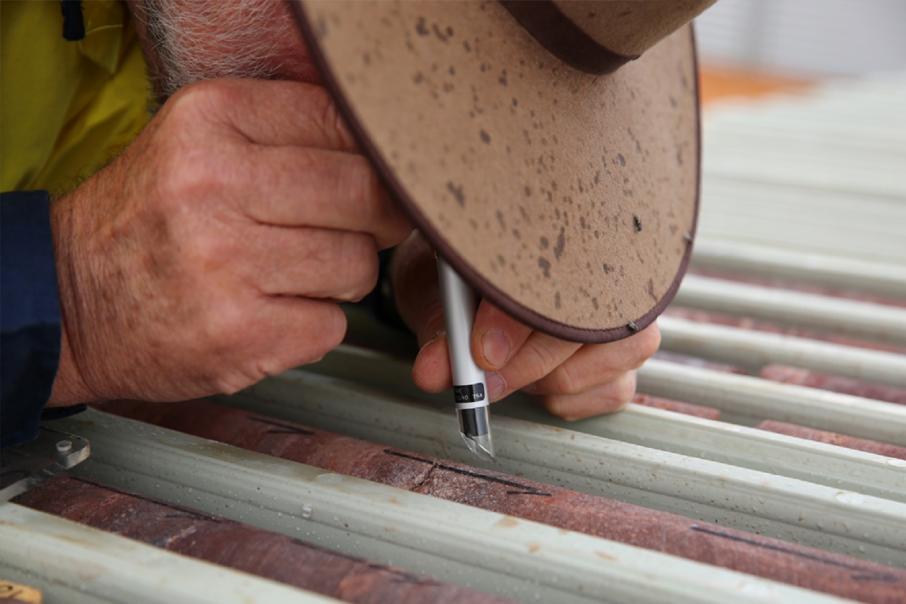
Coda Minerals has increased the size of its famed Emmie Bluff copper gold discovery in South Australia, with additional thicker zones of copper sulphide mineralisation intersected in the eight diamond drill holes completed to date. Visual logging of core has shown three holes hit the jackpot as they intersected the bornite-rich core of the mineralisation, which is thicker than seen in previous holes.
Coda says the other five holes have intersected the periphery of the system dominated by yellow chalcopyrite with accessory bornite and pyrite. Logging has been supported by portable XRF analyses, pending assay results.
Emmie Bluff is part of the Elizabeth Creek project - a 1.8 kilometre-long iron-oxide copper gold, “IOCG”, type deposit hidden below the desert sands 450 kilometres north-west of Adelaide in SA. It appears to be similar in nature to the nearby massive Olympic Dam and Carrapateena deposits held by BHP and Oz Minerals respectively and the pyrite-chalcopyrite-bornite zonation of mineralisation at Emmie Bluff closely mimics that seen in these deposits.
Coda’s first deep diamond hole drilled at the target encountered a sequence of approximately 200 metres of intensely haematitic and altered sediments and granites, including 50m of moderate-to-intense copper-sulphide mineralisation consisting of chalcocite, chalcopyrite and bornite.
Its subsequent parent drill hole intersected 35m of mineralisation grading greater than 1 per cent copper with peak grades of a whopping 5.39 per cent copper within the higher grade bornite zones and 1.19 grams per tonne gold in the main chalcopyrite zone.
Coda is the operator and majority owner of the Elizabeth Creek project with 70 per cent equity and Torrens Mining retains the remaining 30 per cent. Elizabeth Creek covers 739 square kilometres of desert and encompasses two priority targets, the Emmie Bluff copper-cobalt prospect and Emmie Bluff IOCG Deeps. Emmie Bluff copper-cobalt is a laterally extensive, flat-lying, sediment-hosted deposit at approximately 400m depth, where Coda released an initial exploration target in 2019. Emmie Bluff IOCG Deeps lies in the basement rocks below Emmie Bluff, at up to 1,000m deep and contains the regionally prolific IOCG mineralisation which is being targeted through the current drilling program.
The current drilling has shown that importantly, the copper rich core of the Emmie Bluff Deeps system seems to be open in all direction except north. The mineralisation is also laterally extensive, encountered over a drill tested area which currently covers of approximately 300m by 200m. Additionally, two stacked sediment-hosted flat-lying lodes have been encountered to date, with evidence from historical drilling suggesting yet more additional lodes may yet be discovered.
Significantly, Coda is aggressively following up on these results with two additional “wedge holes” designed to intersect the copper rich bornite core zone currently in progress.
Some of the more significant new mineralised intervals logged by Coda’s field geologists include 67m of mineralisation over two vertically stacked lodes with 27m of extremely abundant copper-rich bornite in the upper lode.
The company also hit a 300m thick intercept of pervasive hydrothermal alteration which is indicative of a fluid intrusion with the potential ore-bearing mineralisation. There was also evidence of copper-sulphide chalcopyrite from 1095m down in one hole.
Coda says the drilling programme continues to make excellent progress, providing further clarity on the nature of the emerging IOCG discovery at Emmie Bluff Deeps. The company recently announced assay results for recently completed wedge holes included 17.1m at 1.2 per cent copper and 0.3 g/t gold from 824m and 24.0m at 2.2 per cent copper and 0.3 g/t gold from 815m.
Coda’s CEO Chris Stevens said: “These exciting new visual results from our ongoing drilling take the Emmie Bluff Deeps discovery to an entirely new level. So far, we have had information for a relatively discrete area around
the parent hole. These new results substantially increase the mineralised footprint of the system and show that there is a significant amount of copper present.”
He added “We are also seeing increased thicknesses of potentially economic mineralisation and, importantly, the presence of a higher grade bornite core. We are particularly encouraged by the intensity of alteration and abundance of sulphides which are being reported by our field team, as well as the fact that we are seeing far greater lateral extensions to the mineralisation than we have seen before.
The company is hoping assay results will be available soon to confirm the visual logging data. Currently Coda has two drill rigs on-site drilling a third wedge hole each from the most recently drilled parent holes.
All efforts are now focussed on continuing to test the areas of open mineralisation as Coda seeks to extend the copper-rich bornite zones and to further test areas for vertical extension and additional stacked lodes.
Is your ASX-listed company doing something interesting? Contact: matt.birney@businessnews.com.au






